Stuffed animals are more than just toys — they’re often cherished companions, comfort objects, and even keepsakes passed down through generations. But when they get dirty or wet, the question arises: Should you put stuffed animals in the dryer? While tossing them in the dryer seems like a quick fix, it’s not always the safest choice. Improper drying can cause damage like shrinking, clumping, or color fading, potentially ruining a beloved plush friend forever.
Summary: Putting stuffed animals in the dryer can be risky because heat and tumbling may damage their fabric or stuffing. However, certain types and preparation methods can make machine drying safe and effective. Understanding these factors is key to keeping your plush toys fresh without harm.
Imagine this — your child’s favorite bear, soaked from an afternoon adventure, tumbling around in the dryer and coming out a mangled mess. Heartbreaking, right? But fear not! By learning the right techniques and knowing when to avoid the dryer altogether, you can keep those stuffed animals clean, fluffy, and ready for hugs again. Let’s explore the ins and outs of drying plush toys safely.
1.What are the risks of putting stuffed animals in the dryer?
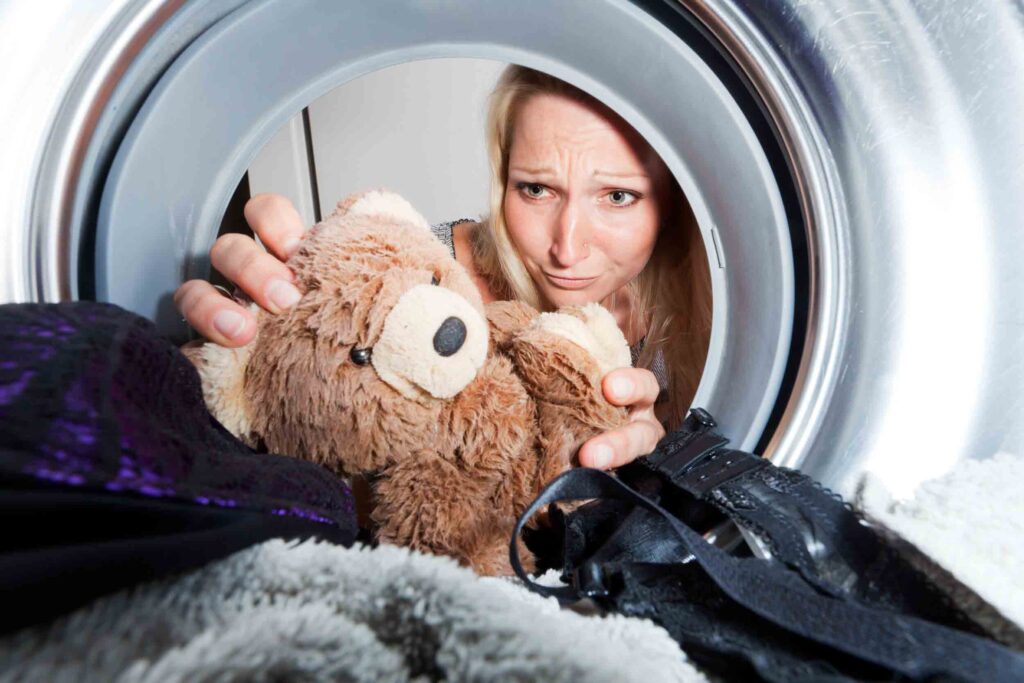
Drying stuffed animals in a machine dryer can cause fabric shrinkage, stuffing clumping, color fading, and even mechanical damage. High heat and tumbling may distort the shape or weaken seams.
- Fabric Shrinkage: Many stuffed animals contain cotton, polyester, or synthetic blends. Heat causes these materials to contract, leading to tight, misshapen toys.
- Stuffing Damage: Tumbling and heat can cause the internal stuffing to clump or harden, ruining softness and comfort.
- Color Fading and Bleeding: Vibrant dyes might fade or run under heat, especially in poorly colorfast fabrics.
- Mechanical Damage: Dryer drums can be rough, and toys with glued-on eyes, noses, or embellishments risk detaching or damage.
- Potential Mold or Odor Risks: If toys don’t dry evenly or are over-dried, moisture can trap inside, causing mold or musty smells.
A study by textile experts shows that polyester plushes retain shape better than cotton blends when tumble-dried on low heat, but delicate fabrics like velour or silk should never go in the dryer.
| Risk Type | Beskrivning | Example / Notes |
|---|---|---|
| Fabric Shrinkage | Heat causes cotton, polyester, or synthetic blends to contract, making toys tight or misshapen | Polyester plushes handle low heat better than cotton blends |
| Stuffing Damage | Tumbling and heat can cause stuffing to clump or harden, reducing softness | Clumped stuffing ruins comfort |
| Color Fading & Bleeding | Vibrant dyes may fade or bleed under heat, especially in poorly colorfast fabrics | Color loss affects toy appearance |
| Mechanical Damage | Dryer drums can cause rough tumbling; glued-on parts (eyes, noses) may detach or break | Toys with glued embellishments are at higher risk |
| Mold or Odor Risks | Uneven drying or over-drying can trap moisture inside, leading to mold growth or musty smells | Moisture inside can cause odors and health issues |
2.Which types of stuffed animals are safe to put in the dryer?
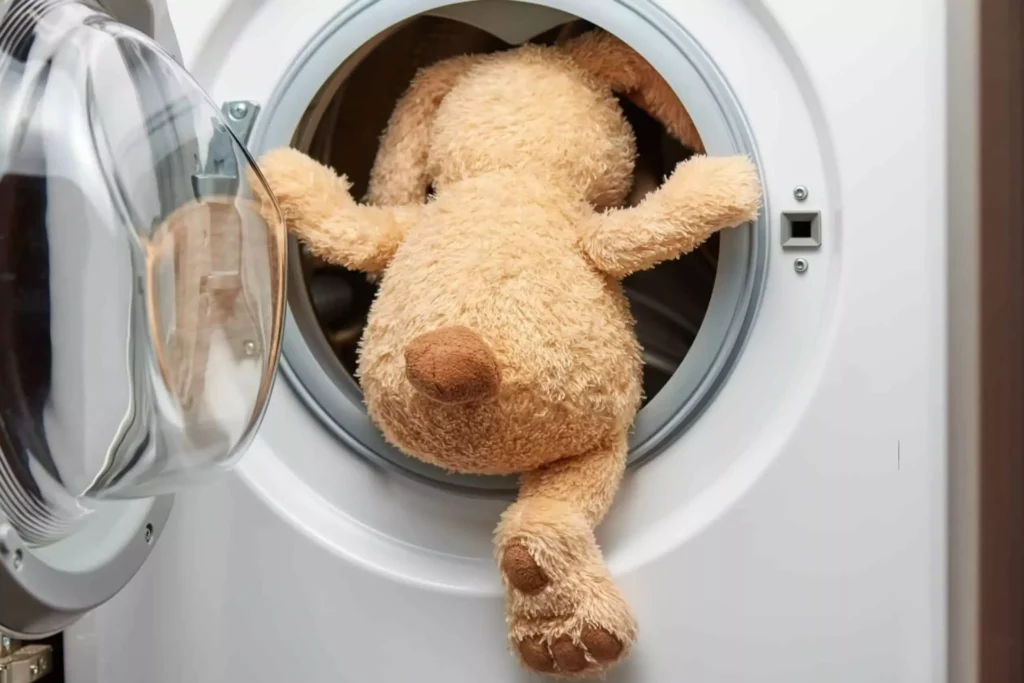
Stuffed animals made from durable synthetic fabrics with sewn-in features and polyester stuffing are generally safe for low-heat tumble drying.
- Material Matters: Polyester and nylon plushes tolerate dryer heat better than cotton or wool-based toys.
- Stuffing Type: Polyester fiberfill can withstand tumbling without clumping, unlike beans or beads.
- Construction Quality: Toys with strong, reinforced stitching and sewn-on features are safer than those with glued parts.
- Manufacturer Instructions: Always check tags or product info for drying guidelines — many specify if machine drying is safe.
Use a mesh laundry bag or pillowcase to protect the toy’s surface during drying.
| Kriterier | Beskrivning | Notes / Tips |
|---|---|---|
| Material | Durable synthetics like polyester and nylon tolerate heat better | Avoid cotton or wool-based fabrics |
| Stuffing Type | Polyester fiberfill withstands tumbling without clumping | Avoid beans, beads, or other delicate fillings |
| Construction Quality | Strong, reinforced stitching and sewn-on features increase safety | Glued parts may detach in the dryer |
| Manufacturer Instructions | Always check care tags for drying guidelines | Follow specific product recommendations |
| Protective Measures | Use mesh laundry bags or pillowcases during drying | Protects fabric surface from damage |
3.How should you prepare stuffed animals before drying them?

Proper preparation before drying stuffed animals helps minimize damage and ensures effective drying.
- Pre-Cleaning: Spot clean stains and ensure the toy is fully rinsed from detergent.
- Use Dryer Bags: Placing toys in mesh bags prevents snagging and reduces tumbling impact.
- Select Proper Dryer Settings: Always use the lowest heat or air-fluff setting; avoid high heat.
- Add Dryer Balls: Wool or rubber dryer balls help maintain fluffiness and reduce clumping.
- Limit Dryer Time: Short drying cycles prevent overheating and fabric damage.
- Check Mid-Cycle: Stop to fluff the toy manually if needed.
A stuffed rabbit was dried using low heat inside a pillowcase with dryer balls, resulting in a fluffy, undamaged toy after 30 minutes.
| Preparation Step | Beskrivning | Example / Notes |
|---|---|---|
| Pre-Cleaning | Spot clean stains and rinse thoroughly to remove detergent residue | Ensures no soap remains that can cause damage |
| Use Dryer Bags | Place toys in mesh laundry bags or pillowcases to prevent snagging | Protects fabric and reduces tumbling impact |
| Select Dryer Settings | Use lowest heat or air-fluff setting; avoid high heat | Prevents fabric shrinkage and stuffing damage |
| Add Dryer Balls | Add wool or rubber dryer balls to maintain fluffiness and reduce clumps | Helps keep stuffing evenly distributed |
| Limit Dryer Time | Use short drying cycles to avoid overheating | Reduces risk of fabric and stuffing damage |
| Check Mid-Cycle | Pause dryer to manually fluff the toy if needed | Helps restore shape and prevent clumping |
4.Do all dryers affect stuffed animals the same way?
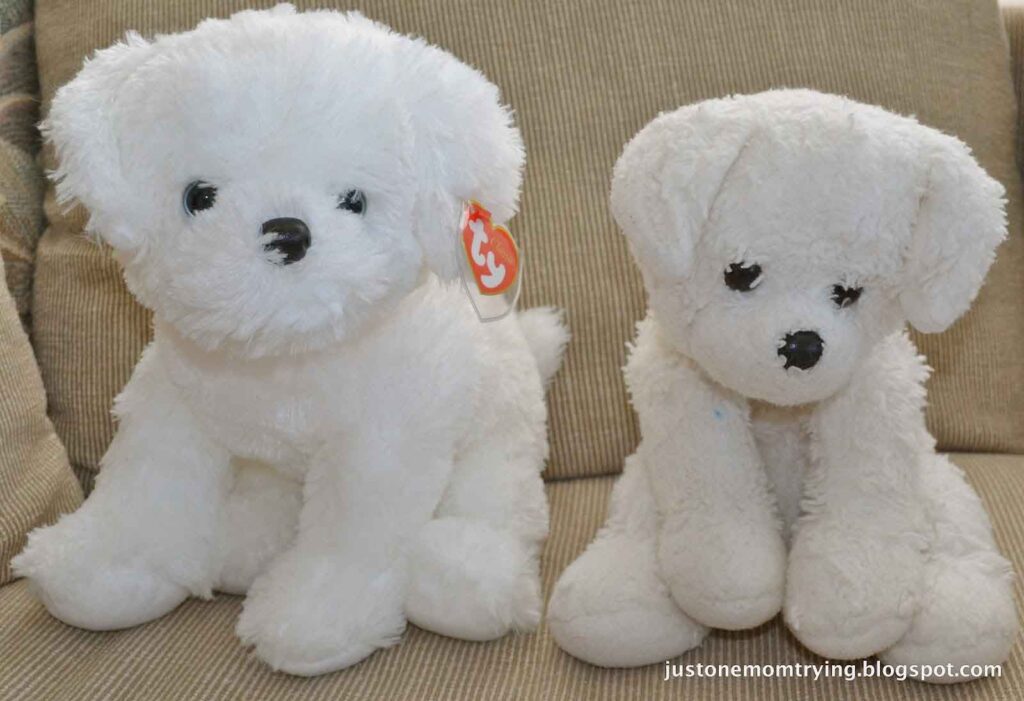
No, different dryer types and settings impact stuffed animals differently, affecting drying safety and results.
- Electric vs. Gas Dryers: Gas dryers often produce drier, hotter air quickly, which may harm delicate toys more than electric dryers with better heat control.
- Heat Settings: High heat is generally damaging; air-fluff or no-heat settings are safest.
- Dryer Size and Drum Design: Larger drums with smooth interiors reduce mechanical wear on plush toys.
- Moisture Sensors: Advanced dryers with moisture sensors can prevent over-drying by stopping when the toy is dry.
Many plush toy manufacturers recommend only air-dry or low-heat drying because even slight temperature spikes in some dryers can degrade toy quality.
| Dryer Factor | Beskrivning | Impact on Stuffed Animals |
|---|---|---|
| Electric vs. Gas Dryers | Gas dryers produce hotter, drier air quickly; electric dryers offer better heat control | Gas dryers may damage delicate toys faster |
| Heat Settings | High heat can cause damage; air-fluff or no-heat settings are safest | Low heat preserves fabric and stuffing integrity |
| Dryer Size & Drum Design | Larger drums with smooth interiors reduce mechanical wear | Less physical damage and snagging on plush toys |
| Moisture Sensors | Sensors stop drying when moisture is gone | Prevents over-drying and potential fabric damage |
5.Is air drying better than machine drying for stuffed animals?
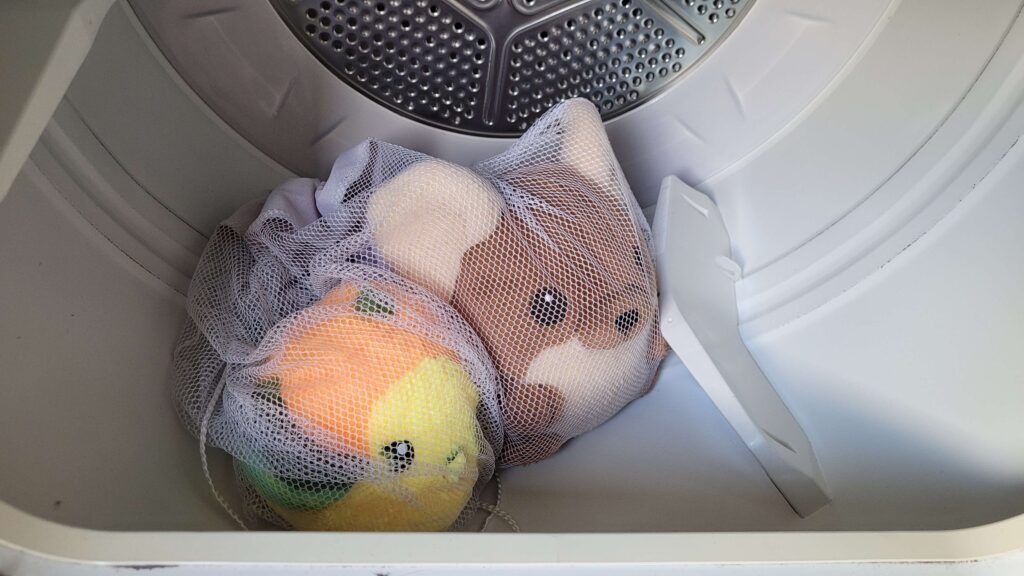
Air drying is generally safer and preserves toy integrity, but it takes longer and requires proper technique.
- Pros of Air Drying: No heat damage, maintains shape and softness, gentle on glued features.
- Cons of Air Drying: Longer drying time, risk of mold if not fully dried, may require reshaping.
- When Machine Drying is Preferred: For durable, large toys needing quick drying, low-heat drying is efficient.
- Combination Approach: Air dry first to remove most moisture, then tumble dry briefly on low to fluff.
Air Drying vs. Machine Drying for Plush Toys
| Faktor | Lufttorkning | Machine Drying (Low Heat) |
|---|---|---|
| Drying Time | 12-24 timmar | 30-60 minuter |
| Risk för skada | Very low | Moderate to low (if careful) |
| Softness Retention | Hög | Moderate to high |
| Convenience | Less | More |
6.Are there professional cleaning or drying methods recommended for delicate or valuable stuffed animals?
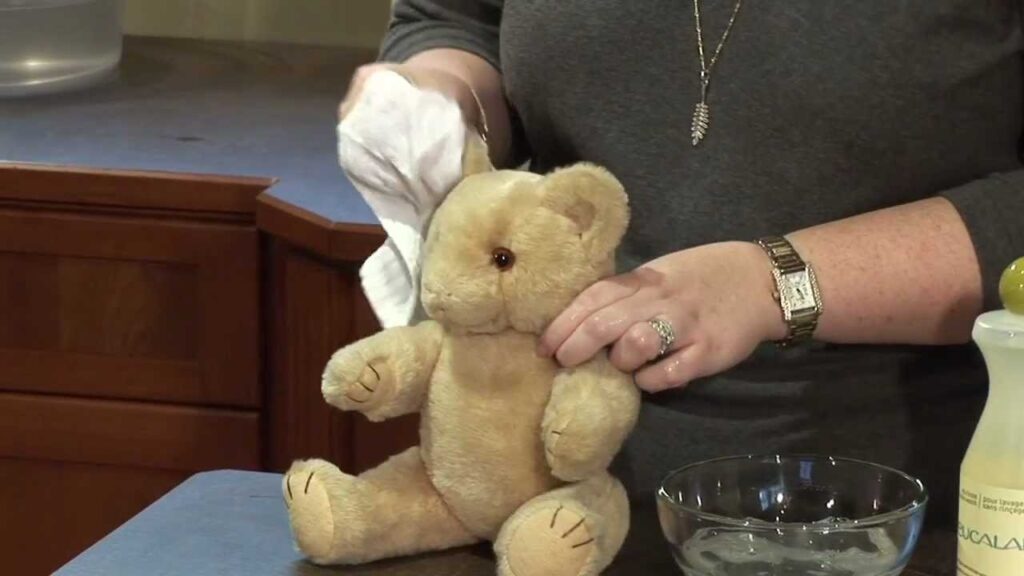
Specialized professional services offer gentle cleaning and drying solutions that protect valuable or delicate plush toys.
- Specialized Cleaning: Dry cleaning or ultrasonic cleaning to preserve fabric and color.
- Controlled Drying Chambers: Low-temp drying equipment that evenly dries without tumbling damage.
- Restoration Services: For antique or collectible plush toys, professional restoration preserves integrity.
- At-Home Alternatives: Using vacuum seal drying bags or DIY low-heat drying setups mimics professional care.
A rare vintage teddy bear was restored using professional cleaning and drying, maintaining its original softness and appearance without damage.
| Professional Method | Beskrivning | Example / Benefit |
|---|---|---|
| Specialized Cleaning | Dry cleaning or ultrasonic cleaning to preserve fabric and color | Maintains fabric integrity and vibrant colors |
| Controlled Drying Chambers | Low-temperature drying equipment that avoids tumbling damage | Even drying without mechanical wear |
| Restoration Services | Professional restoration for antique or collectible plush toys | Preserves softness and original appearance |
| At-Home Alternatives | Vacuum seal drying bags or DIY low-heat drying methods | Mimics professional care, gentle on delicate toys |
Final Thoughts
Whether you decide to use the dryer or air dry, knowing your stuffed animal’s material, construction, and care instructions is essential. At Kinwin, we specialize in custom-designed, high-quality plush toys crafted with durable, eco-friendly materials designed to withstand everyday cleaning challenges. Contact us today to inquire about custom plush toy orders tailored to your needs — combining style, sustainability, and durability!




